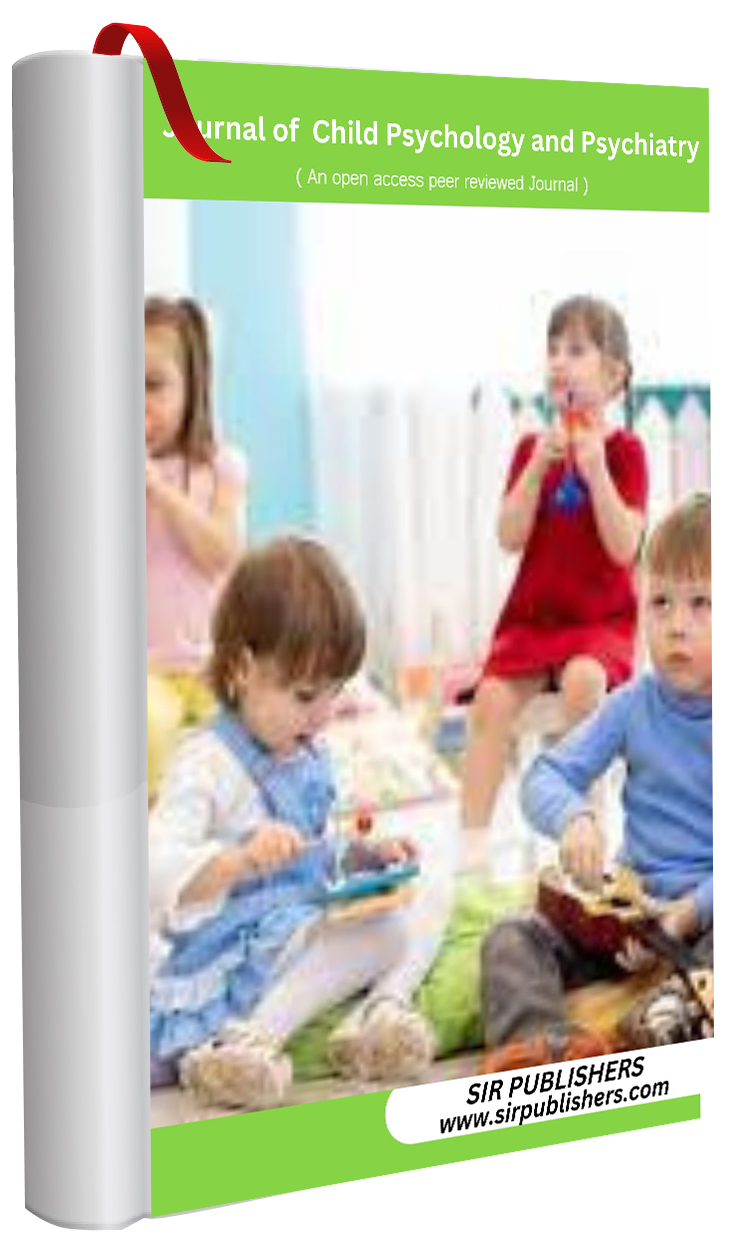PECULIARITIES OF PSYCHOLOGICAL SAFETY
Abstract
With the acceleration of urbanization in developing countries, resources related to maintenance and environmental protection are becoming increasingly scarce, and the negative side effects caused by scientific and technological progress have also significantly increased the pressure on urban residents. The psychological safety of urban residents has recently undergone significant changes. This article presents psychological safety in the sphere of life of urban residents. By considering psychological indicators, this article complements our knowledge of environmental indicators, such as perceptions of the risk of environmental pollution and climate change, and social indicators, such as belonging to cities and perception of the risk of technology, which confirm the negative side effects of technological development.
References
Astell-Burt, T., Feng, X., Kolt, G. S., and Jalaludin, B. (2015). Does rising crime lead to increasing distress? longitudinal analysis of a natural experiment with dynamic objective neighbourhood measures. Soc. Sci. Med. 138, 68–73. doi: 10.1016/j.socscimed.2015.05.014
Bodie, Z., Detemple, J., and Rindisbacher, M. (2009). Life-cycle finance and the design of pension plans. Annu. Rev. Financ. Econ. 1, 249–286. doi: 10.1146/annurev.financial.050708.144317
Burnett, R., Chen, H., Szyszkowicz, M., Fann, N., Hubbell, B., Pope, C. A., et al. (2018). Global estimates of mortality associated with long-term exposure to outdoor fine particulate matter. Proc. Natl. Acad. Sci. 115, 9592–9597. doi: 10.1073/pnas.1803222115
Carmeli, A., and Gittell, J. H. (2009). High-quality relationships, psychological safety, and learning from failures in work organizations. J. Organ. Behav. 30, 709–729. doi: 10.1002/job.565
Chen, S., Oliva, P., and Zhang, P. (2018). Air Pollution and Mental Health: Evidence from China (No. w24686). Report no. NBER Working Paper No. 246868, Cambridge, MA: National Bureau of Economic Research.
Cong, Z., and An, L. (2004). Developing of security questionnaire and its reliability and validity. Chin. Men. Health J. 18, 97–99. doi: 10.3321/j.issn:1000-6729.2004.02.010
Demir, M. (2008). Sweetheart, you really make me happy: romantic relationship quality and personality as predictors of happiness among emerging adults. J. Happiness Stud. 9, 257–277. doi: 10.1007/s10902-007-9051-8
Doherty, T. J., and Clayton, S. (2011). The psychological impacts of global climate change. Am. Psychol. 66:265. doi: 10.1037/a0023141
Edmondson, A. C., and Lei, Z. (2014). Psychological safety: the history, renaissance, and future of an interpersonal construct. Annu. Rev. Organ. Psychol. Organ. Behav. 1, 23–43. doi: 10.1146/annurev-orgpsych-031413-091305
Evans, G. W. (2003). The built environment and mental health. J. Urban Health 80, 536–555. doi: 10.1016/B978-0-444-52272-6.00006-4
Garland, D. (2000). The culture of high crime societies. Br. J. Criminol. 40, 347–375. doi: 10.1093/bjc/40.3.347
Gille, F., Smith, S., and Mays, N. (2015). Why public trust in health care systems matters and deserves greater research attention. J. Health Serv. Res. Policy 20, 62–64. doi: 10.1177/1355819614543161
Gunn, H. E., Troxel, W. M., Hall, M. H., and Buysse, D. J. (2014). Interpersonal distress is associated with sleep and arousal in insomnia and good sleepers. J. Psychosom. Res. 76, 242–248. doi: 10.1016/j.jpsychores.2013.11.010
Hart, J. (2014). Toward an integrative theory of psychological defense. Pers. Psychol. Sci. 9, 19–39. doi: 10.1177/1745691613506018
Jia, J., Li, D., Li, X., Zhou, Y., Wang, Y., and Sun, W. (2017). Psychological security and deviant peer affiliation as mediators between teacher-student relationship and adolescent internet addiction. Comput. Hum. Behav. 73, 345–352. doi: 10.1016/j.chb.2017.03.063
Kagan, J. (2009). Loneliness: human nature and the need for social connection. Am J. Psychiatry 166, 375–376. doi: 10.1176/appi.ajp.2008.08091320
Moody, E. J. (2001). Internet use and its relationship to loneliness. CyberPsychol. Behav. 4, 393–401. doi: 10.1089/109493101300210303
Morahan-Martin, J., and Schumacher, P. (2003). Loneliness and social uses of the Internet. Comput. Hum. Behav. 19, 659–671. doi: 10.1016/S0747-5632(03)00040-2
Obradovich, N., Migliorini, R., Paulus, M. P., and Rahwan, I. (2018). Empirical evidence of mental health risks posed by climate change. Proc. Natl. Acad. Sci. U.S.A. 115, 10953–10958. doi: 10.1073/pnas.1801528115
Oishi, S., and Kesebir, S. (2015). Income inequality explains why economic growth does not always translate to an increase in happiness. Psychol. Sci. 26, 1630–1638. doi: 10.1177/0956797615596713
Sekulova, F., and Van den Bergh, J. C. J. M. (2016). Floods and happiness: empirical evidence from bulgaria. Ecol. Econ. 126, 51–57. doi: 10.1016/j.ecolecon.2016.02.014
Van Hal, G. (2015). The true cost of the economic crisis on psychological well-being: a review. Psychol. Res. Behav. Manag. 8:17. doi: 10.2147/PRBM.S44732
Weber, E. U., and Stern, P. C. (2011). Public understanding of climate change in the united states. Am. Psychol. 66, 315. doi: 10.1037/a0023253
Weinstein, N. D., Lyon, J. E., Rothman, A. J., and Cuite, C. L. (2000). Changes in perceived vulnerability following natural disaster. J. Soc. Clin. Psychol. 19, 372–395. doi: 10.1521/jscp.2000.19.3.372
Zenker, S., and Petersen, S. (2014). An integrative theoretical model for improving resident-city identification. Environ. Plan. A 46, 715–729. doi: 10.1068/a46191
Юлдашева М.Б. (2023). Социально-психологические детерминанты чувства одиночества студентов. Монография. // Ферганский государственный университет. 2023. С. 121. ISBN 978-9910-739-53-8








